FLAME CUTTING
Flame cutting an oxygen/fuel gas flame preheats the steel to its ignition temperature. A high-power oxygen jet is then directed at the metal creating a chemical reaction between the oxygen and the metal to form iron oxide, also known as slag. A jet of pure oxygen is directed into the preheated area instigating a chemical reaction between the oxygen and the metal to form iron oxide or slag. The oxygen jet blows away the slag enabling the jet to pierce through the material and continue to cut through the material Oxyfuel cutting is used for ferrous (iron-containing), mild and low-alloy steels in thicknesses up to 24 in.The Basics. With a fuel tank, oxygen tank, and a torch, you can cut steel anywhere - except for nonferrous metals such as aluminum and stainless steel. Oxyfuel cutting allows metalworkers to cut extremely thick metals with ease, and a variety of torch options allow users to braze, solder, fusion weld, gouge, preheat, and bend metals as needed. This process is the best choice for thicker inexpensive cutting of carbon steel, and some alloys, but flame cutting creates a heat effected zone around the cut than may need to be removed by additional machining.Material thickness at which cutting or processing is economical 6mm to 200mm depending on the material.
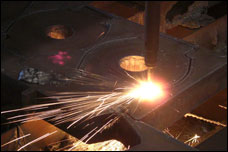
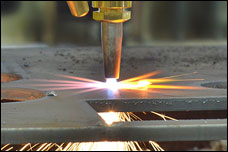
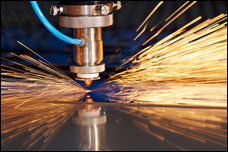
OTHER PROCESSING
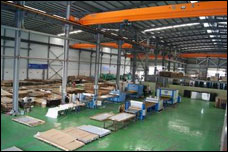
Cut-To-Length
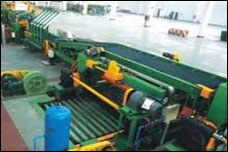
Shearing
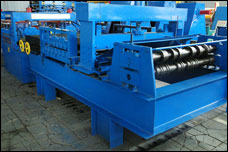
Slitting
